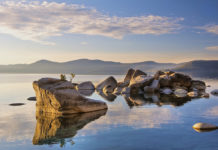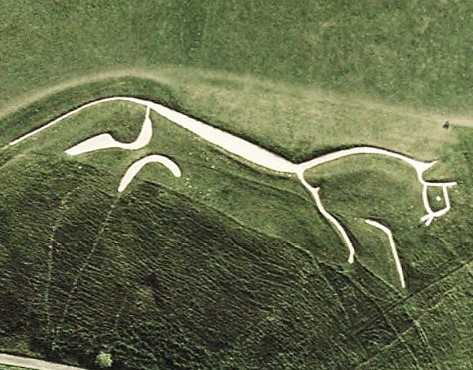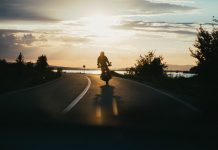S P Crater is a classic cinder cone volcano field in the desert of San Francisco. It is about 40 km between Flagstaff, Arizona, and the Grand Canyon. S P Crater is about 820 feet high from its base and 460 meters across. Hence, being a cinder cone and steep and scree-covered, making the ascent a bit more difficult. “S P” stands for “Sh*t Pot,” a moniker that early settlers gave due to the shape of the crater and the dark lava flow that resembled spilled contents. For public use, the name was finally abbreviated to S P Crater. The surrounded area consists of many other cinder cones, perhaps much older and eroded as well.
Maybe the best part of this cone is the view that can be seen from the top of the Grand Canyon and, more fabulously, the San Francisco Peaks. It is thought it is more than 71,000 years old, and the last eruption was recorded one thousand years ago. Moreover, leading away from the cinder cone on its north side is a large black lava flow approximately four miles long that looks imposing from the rim of the crater.
However, the initials S.P. stand for “Shit Pot,” a much more suitable name to peer into the deep crate or even venture in a little if you’re feeling wild. Furthermore, the best second part is the quick “skiing” descent that has the descender taking giant leaps in the sandy scree, a sliding way occasionally tumbling until 30 to 45 minutes to climb to the top.
S P Crater structure is made up of volcanic fragments, often glassy rocks, encompassing bubbles of trapped gas. However, when lava erupts from these structures, it frequently flows out of breaches on the side, and that appears to be the case at SP Crater. As per the U.S. Geological Survey, over 600 volcanoes have occurred in the San Francisco Volcanic Field.
Moreover, S P Crater is a striking feature when viewed from certain angles on the ground; the combination of the smooth, round shape of the cone, the dark lava spatter on the rim, and the long, dark lava flow extruding from the base do truly resemble a toilet catastrophe.
The researchers believe the lava flow somewhat predates the cinder cone due to geochemical evidence indicating that the flow is more silica-rich than the cinders. In fact, the cone overlaps the lava flow and displays no signs of deformation. Over the thousands of years, S. P. Crater is a mesmerizing natural landmark displaying how volcanic forces have shaped the surrounding landscapes. The volcanic location is a challenge for brave hikers to get in due to its isolated location, offering a breathtaking desert volcanic environment. Hikers can trek up to the rim to see the lava fields reaching northward.
Source: Earth Observatory & Summitpost












